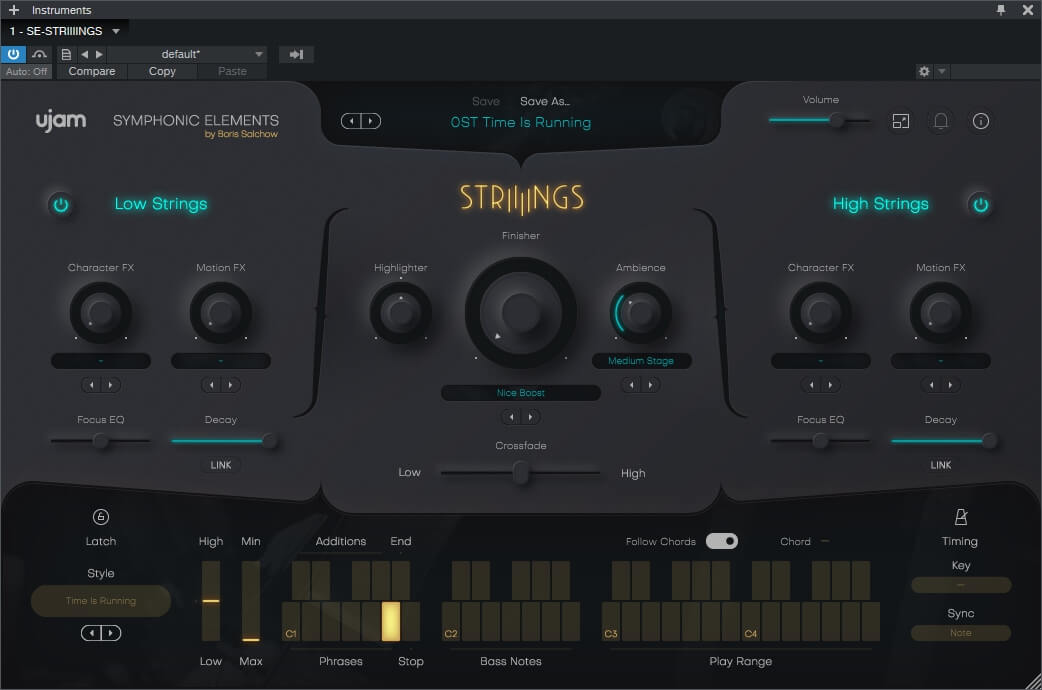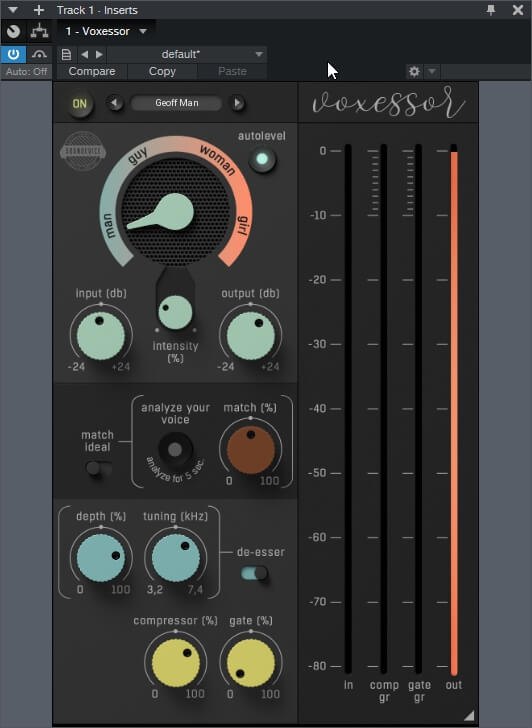
They get more complex by adding more parameters as you go. There are over 700 patches for you to program. The challenges involve recreating hidden patches using the parameters that you’ve learned so far. Music is about opening doors, not shutting up shop, and that’s my complaining over!īack to Syntorial, it features 199 core lessons, 147 videos, and 129 challenges. If something makes learning easier, and you can put what you’ve learned to real use once you take that something away, it’s not cheating, and it’s worthwhile.


I’ve never understood why some more traditional musicians/teachers choose to explain things in a way that only people who already know the subject very well can understand.

The reason I say that is that some still look at it like it’s dumbed-down or a cheat sheet. Syntorial is a good reminder that game-style learning isn’t just for kids. Getting a massive gold star or a virtual high-five for a correct answer is an excellent way to keep kids interested as they learn. Game-style tutorials are pretty common now (read our recent article about EQ Playground by SoundGym), especially with things like digital piano/keyboard apps and so on.
#Syntorial adsr software#
Syntorial is gamified training software with a built-in VST/AU soft-synth (Primer). Syntorial (€110) will be available for just €55 until midnight on the 10th of May. Listen to his videos, close your eyes and try to work out what it is that changes in the sound, given that they all originate from relatively simple electronic oscillators and wave shapers.VST Buzz offers a 50% OFF deal on Syntorial by Audible Genius for a limited time. Sacred Synthesis, using the Prophet 8 and other DSI synths, is a master at creating sounds that change in time and space, never sounding dull. What I have heard so far, regarding the Rev 2, is absolutely wonderful. In my opinion what makes a great synthesizer design is an internal "engine" that facilitates many different ways of shaping and changing (in time) of the original sound generated. After I managed to develop an internal picture of how the inner sound engine was structured, the annoying Blofeld desktop interface became easier to understand. I didn't manage to understand the inner workings of my Waldorf Blofeld until I installed and learned to work with a computer based Blofeld editor. The really great thing about synths such as the Rev 2 is the immediacy of the "user" interface. This is my "natural" way of learning things and could become the basis of the tutorials. As soon as my Rev 2 has arrived I will start to investigate and make notes.

I would learn so much when later experimenting further with it.
#Syntorial adsr how to#
In the clip I've turned off the compressor and stereo delay to get the cleanest sound (though the delay kicks in for a couple of seconds in the middle, just to show you what I'm after with this sound).Īnyone want to point me in the right direction? Maybe explain how I'm supposed to analyze the settings of the soft-synth and how to use it on my Prophet REV 2?Įven give me a full walk-through on how to recreate it? Would be so grateful if someone could explain to me how to re-create a similar sound like this: I recorded a little clip here for those who doesn't have Logic and aren't familiar with it. The sound I'm talking about is Analog Perc Sync/JP8 Perc Sync. I realized that I could learn a thing or two if I asked here. But didn't come far with it, messed around with a completely wrong tone for over an hour. I gave it a try to re-create a sound from Logic's stack instruments/synths, that I actually once made a sound I was fairly pleased with on my old Nord Lead 2x. I've started doing some exercises with Syntorial-demo, and I think it can be useful when I get to the more advanced / basics.


 0 kommentar(er)
0 kommentar(er)
